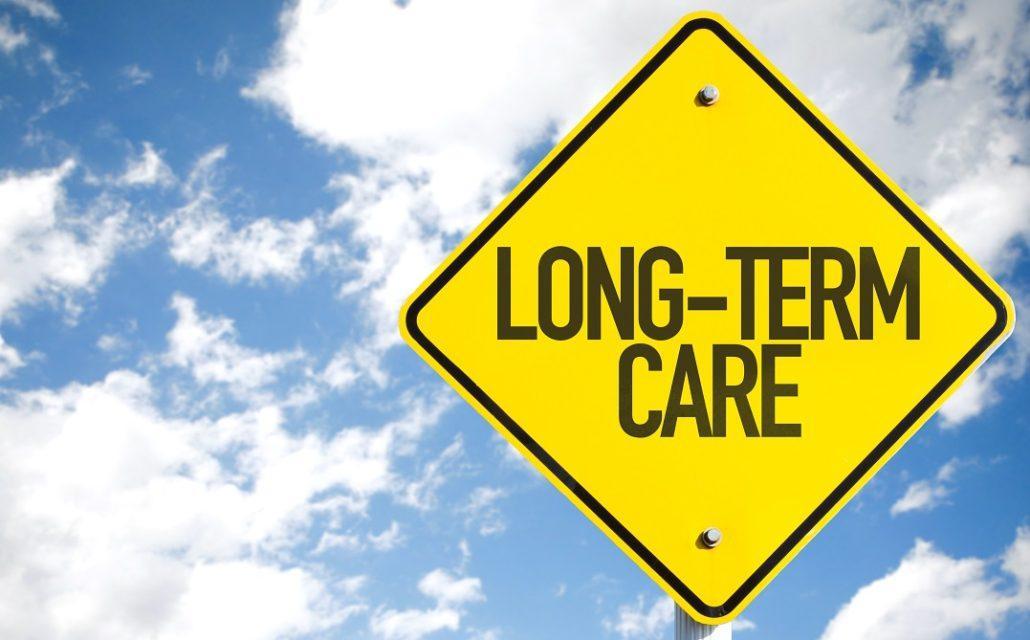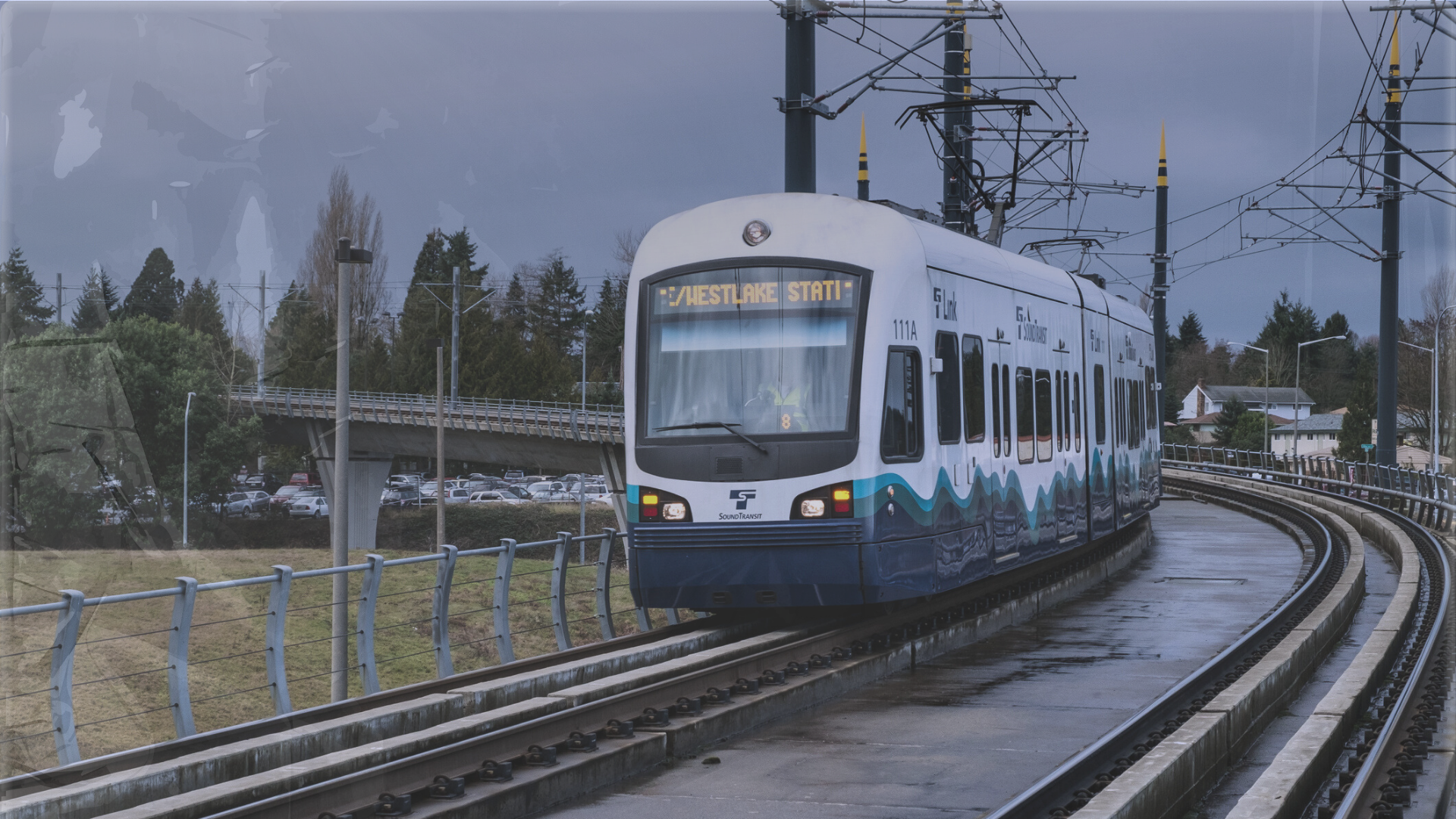Summary
Sound Transit is able to calculate that the benefits of the multi-billion-dollar Sound Transit 3 (ST3) light rail expansion will exceed costs of construction, operation and maintenance after a half century, but only by assuming highway congestion reductions that all its other environmental documentation reports will not happen. If congestion reductions do not happen, light rail expansion costs exceed the sum of all other claimed benefits, according to the officially approved methodology.
Many - but not all - local elected officials in the central Puget Sound region are asking voters to approve a $54 billion, 25-year mass transit tax and spending expansion package in the mail-in election beginning October 20, 2016 and running through November 8. The ST3 tax plan, also called Regional Proposition One, includes spending $32 billion for constructing light rail and $5 billion for building other regional transit projects. The full $54 billion spending claimed is reached by including operations and maintenance spending and interest on bonded debt.
The Puget Sound Regional Council (PSRC) requires, as justified by state law, that Sound Transit prepare a benefit-cost analysis (BCA) of the light rail portion of the ST3 package.
In response, Sound Transit has done that analysis, completed September 1, more than 60 days after the S3T3 Plan was approved for the fall ballot. The agency (with consulting assistance) compiled the costs and benefits of 62 new miles of light rail over the 23 years of construction of the expansion, plus 32 years of light rail operation beyond that, for a total evaluation period of 55 years. The costs are heaviest during construction, but also continuing 30 years after that for refurbishment and replacement of rail cars and facilities that wear out after a long period of daily use. The benefits arrive as individual projects are opened for revenue service; for example, light rail to downtown Redmond in 2024, and light rail to Everett Station in 2036.
A half century and beyond to realize benefits
Regional transportation is in crisis. Congestion is apparent every day and is getting worse year by year, according to the PSRC. In the political campaign to motivate a "yes" vote on ST3, building more light rail is equated with a response to the congestion that exists now on Puget Sound roads and highways. Unfortunately, Sound Transit’s benefit-cost analysis of light rail expansion shows an extraordinarily long time – more than a half century – for cumulative benefits to exceed costs. As shown in the graphic below copied from the BCA document, benefits finally rise above costs in 2071, after nearly three generations have passed.
Risk and uncertainty characterize investments that take a half century to pay off. Economic conditions change. Technology applications improve. Society likely evolves in unexpected ways.
Fifty-five years to achieve a return on investment raises questions about alternative investments that would work more quickly and cost far less. Alternatives do exist, such as increasing the coverage, frequency and comfort of buses, and fixing roads to let buses and other vehicles move faster. Incentives to use public transit could be expanded. Yet, in the BCA, Sound Transit compares spending billions on light rail to doing nothing that could be done quicker with lower amounts of public resources.
Beyond this failure to evaluate alternatives, a particular key assumption behind Sound Transit’s computation of light rail cost and benefits is problematic. With this one assumption removed, the return on investment takes even longer than a half century. In fact, benefits would likely never catch up with the ongoing costs of operating and maintaining light rail. We will describe this assumption later in this essay.

Sound Transit's BCA Results
Sound Transit’s calculations in the BCA yield a cost to benefit ratio of 1.12, a number depending on technical assumptions for which the details have not been completely revealed by the agency as of this writing. The calculated overall benefit-cost ratio result of greater than one comes from a computer spreadsheet that has not been released prior to the September 2016 deliberations by the elected leadership of PSRC on whether the ST3 program conforms to the requirement that the BCA meets transportation industry standards. In the Transportation Policy Board’s review of the BCA on September 8, the PSRC staff noted the ratio came out greater than one. Benefits exceeded costs, just barely, according to Sound Transit and its consultants.
The Sound Transit analysis includes many assumptions that make the sum of all benefits slightly exceed the costs, a very important result for the agency’s ST3 tax hike proposition. If the cost were calculated to exceed the benefit, the ST3 program would be more likely to fail to be approved by regional citizens in the upcoming tax election noted earlier.
In fact, a preliminary examination of the partial BCA calculations that have been released indicates that costs do exceed benefits for the light rail portion of ST3 if just one important assumption is challenged.
Highway user time savings
As shown on the following pie chart, Sound Transit estimated that the time saving for light rail users is 53 percent of the benefit, while the time benefits for car drivers and commercial vehicles sums to 26 percent of the benefits total. This latter claim is remarkable, because it contradicts all earlier studies and claims by Sound Transit. Aside from BCA studies, Sound Transit officials have consistently said that light rail provides an alternative to congestion, but does not reduce congestion.

As the agency writes on its FAQ page at SoundTransit3.org, “...when additional road space becomes available, whether by building new highway lanes or moving people out of cars into transit, freed up capacity quickly fills with cars, a phenomenon known as induced demand. Congestion will very seldom reduce from today’s levels, but without mass transit, it would be worse.”
The regional highway driving time saving computed by Sound Transit of about eight million annual hours for drivers in 2040 is, according to the BCA, a result of faster traffic flows. This is a remarkably small number compared to more than three million daily hours forecast for the region in that year by PSRC. Other statistics published by Sound Transit and PSRC reveal that drivers switching to light rail would cause the removal of fewer than one percent of cars from the road.
Most significantly, environmental studies already performed for Sound Transit’s light rail projects have found that the small reduction in traffic volume brought about by new transit riders who formerly drove cars does not reduce travel delay from congestion because the freeways would still be experiencing traffic flows that exceed capacity in peak periods of commuter flow that are Sound Transit’s most important market.
Rather than take the justified step of eliminating all highway user benefits, the author of this essay took the conservative step of removing just half of them. Then, if we recalculate Sound Transit’s BCA result with the highway congestion relief benefits reduced by half, we find that the overall benefits are reduced from an estimated $22.4 billion to $19.5 billion. As shown in the next table, this reduces the benefit cost ratio from 1.12 to 0.97, and the cost of light rail is more than the monetized benefits.
This devastating result calls into question the wisdom of putting ST3 on the fall ballot pending an objective, independent audit of all the BCA assumptions and results.

Conclusion
At $54 billion over 25 years, the ST3 Regional Proposition is one of the largest tax-and-spend ballot measures in the history of U.S. local government. When spending billions in public funds, the evaluation of cost versus the performance result of the spending should be very well understood. We commend the Puget Sound Regional Council for requiring Sound Transit to undertake this kind of examination. At the same time, we do not understand why PSRC fails to challenge the assumptions and results of the BCA given the well-known understanding of how light rail impacts the level of traffic congestion.
Conservatively cutting the highway user benefit in half reveals that light rail expansion does not come out ahead. The net present value of costs exceeds benefits, and the benefit-to-cost ratio drops to 0.97, meaning the benefit to the public is not worth the costs involved.
With costs exceeding benefits, the business case for investing $54 billion in expanded light rail goes from marginal to non-existent. With reasonable and responsible assumptions, the point in time when cumulative benefits are worth the cost moves from 2071 – as calculated by Sound Transit – to well beyond 2071, if ever.
The above reconsideration of Sound Transit’s work on benefits and costs illustrates that the proposed light rail investment is irresponsible public spending. ST3 costs too much for doing so little.
Download the Cost Exceeds Benefits in Sound Transit’s ST3 Light Rail Expansion as a PDF




